
In the 1970s, DC Comics was attempting to move away from its wholesome, older image and appeal to a changing audience. Marvel had already become popular with heroes who felt real and tapped into the counterculture, so DC tried to do the same. Although the decade did produce some enduring characters like Ra’s al Ghul and a more thoughtful, darker version of Batman, these were rare successes amidst a lot of experimentation.
The company tried to make bold statements about important issues like politics, young people, women’s rights, and societal progress, but often came across as trying too hard to be cool. Throughout much of the decade, DC Comics struggled to define what it wanted to be, trying to reconcile its history of iconic, powerful heroes with the increasing desire for stories that felt realistic and had real meaning.
5. The Outsider
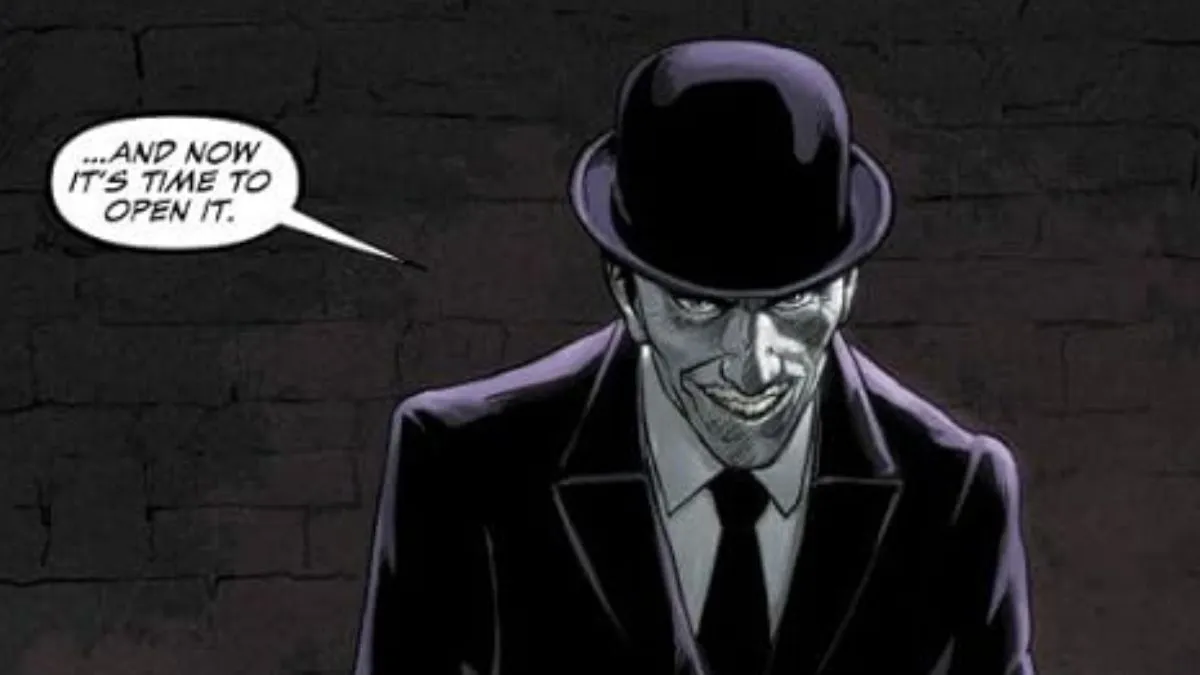
Back in the early days of DC Comics, publishers frequently used shocking plot twists to grab readers’ attention. One particularly bizarre example involved Batman’s butler, Alfred, seemingly dying to protect Batman and Robin. However, he returned in 1964 (in Detective Comics #328) as a villain called “The Outsider.” This new version of Alfred was pale, had mutated, and possessed telekinetic powers, driven by a desire for revenge against Batman and Robin. Though the story started in the 1960s, it continued to affect Batman’s adventures and contributed to the growing strangeness of his enemies throughout the 1970s.
It’s clear now that this characterization of Alfred doesn’t hold up well. The attempt to portray him as an outsider felt jarring and out of character. Alfred Pennyworth is a classic and much-loved figure in DC Comics, so thankfully, DC later corrected this storyline, restoring him to his familiar role as Bruce Wayne’s trusted advisor and moral guide. However, the fact that this storyline even existed highlights how experimental – and sometimes flawed – comic books could be in the 1970s.
4. Lady Cop
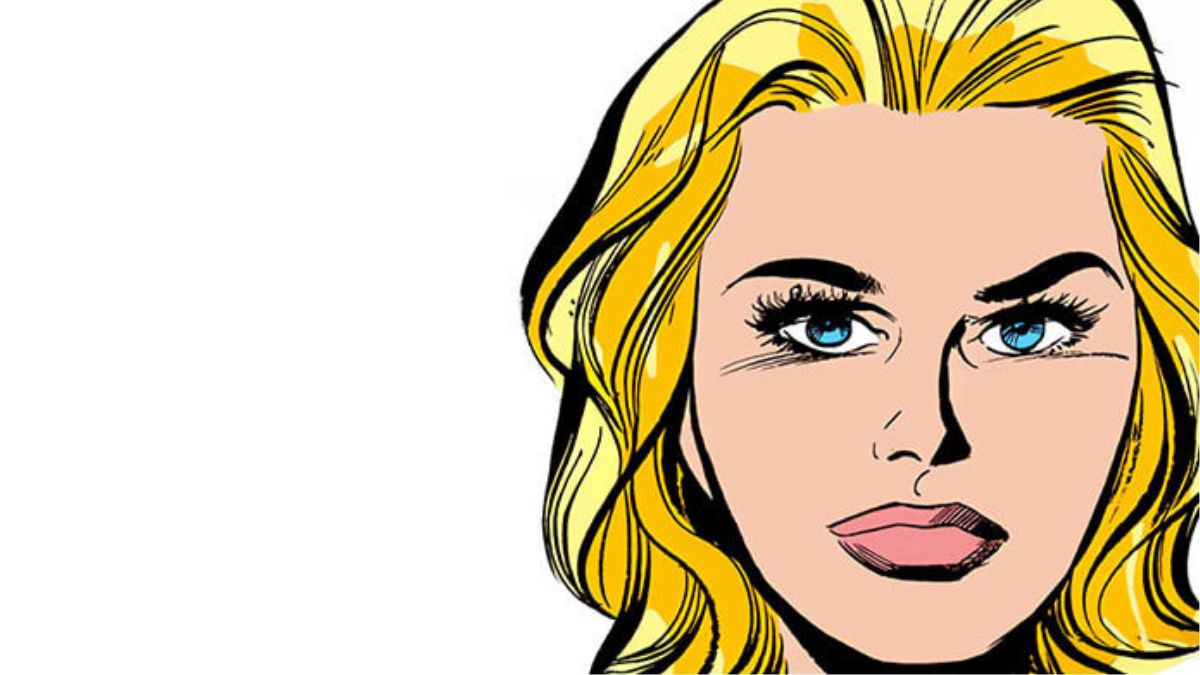
Lady Cop, whose real name is Liza Warner, debuted in 1st Issue Special #4 back in 1975. She was created by Robert Kanigher and John Rosenberger. Her backstory is straightforward, if a bit dramatic: after seeing her roommates killed, Liza fixates on the killer’s shoes and dedicates herself to becoming a police officer to find him. The issue with Lady Cop isn’t the idea itself, but rather that it suffered from poor writing and relied on old-fashioned stereotypes.
Liza Warner comes across as a stereotypical female character created by male writers of the 1970s. Although she’s brave and determined, her stories rely too much on her gender, often in a condescending way. She’s frequently seen as a sexual object or is limited to dealing with issues specifically related to being a woman, such as unwanted attention, sexism at work, or even giving talks about sexually transmitted diseases. Instead of feeling like a complex person, she seems to exist simply to illustrate simple lessons and make superficial attempts at appearing forward-thinking.
3. The Ten-Eyed Man
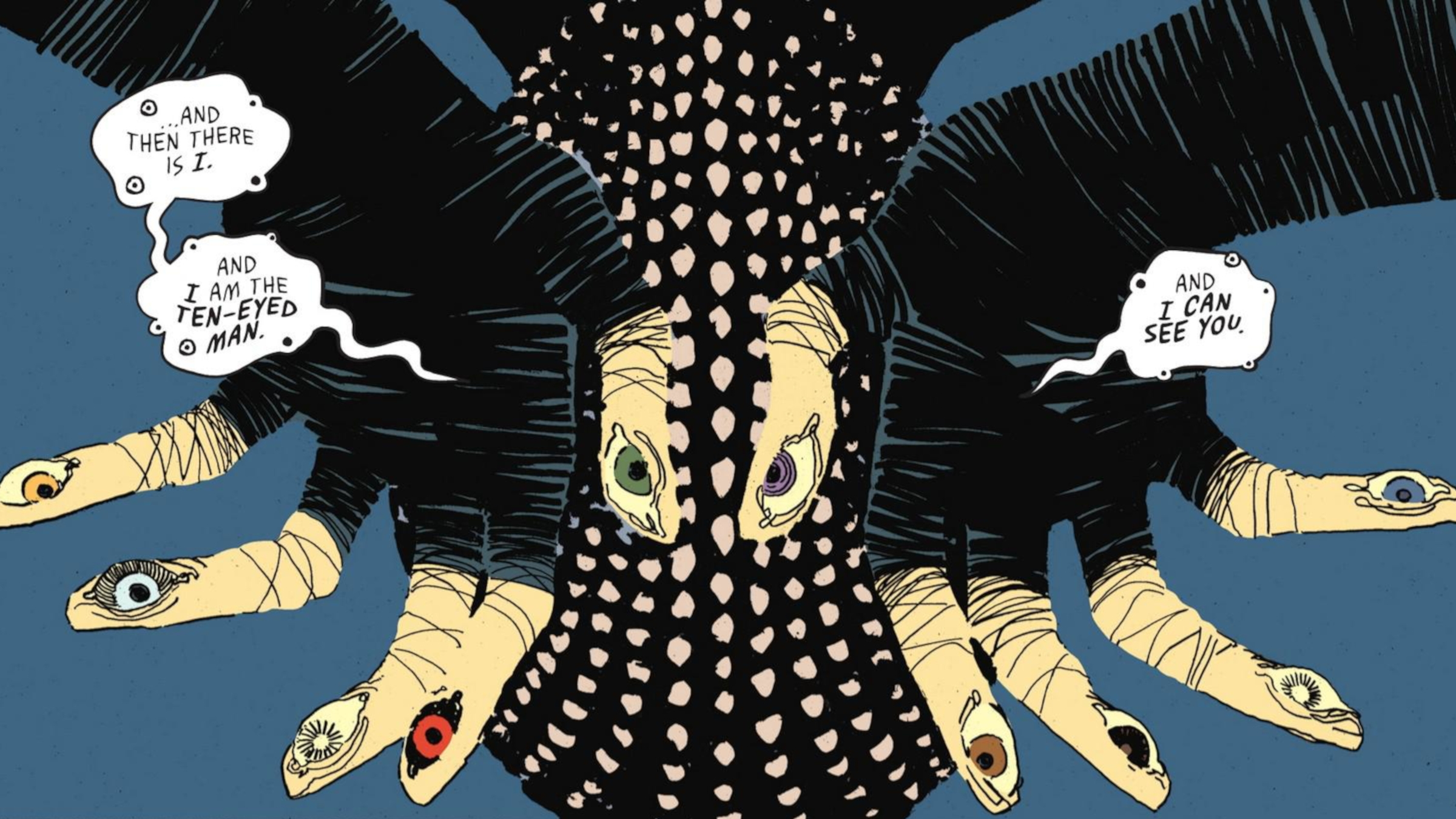
As a huge comic book fan, I’ve seen a lot of villains, and what makes them scary varies wildly. Some are frightening because of their incredible powers, but others? They’re just wonderfully bizarre. The Ten-Eyed Man definitely falls into that second category. He first showed up in a 1970 issue of Batman – number 226, to be exact. And honestly, his backstory is almost as ridiculous as his… ability. This guy, Philip Reardon, was a Vietnam vet working as a security guard when he got caught in an explosion caused by Batman! He lost his sight, and doctors, in a seriously questionable move, connected his optic nerves to his fingertips. So now, he ‘sees’ with his hands. It’s wonderfully strange!
Honestly, when this character got these strange new powers, you’d think he’d try to turn things around, right? Nope. He immediately became a villain and decided to make Batman’s life miserable. What really gets me about the Ten-Eyed Man is how seriously the comics treated him as a real threat. Batman, this incredibly skilled detective and fighter, was supposedly challenged by a guy who could be defeated with…gloves! It’s just so hard to buy into a villain with such a ridiculous power. Even for the somewhat over-the-top style of comics from that era, he was a bit much. It’s no surprise he didn’t stick around for long. After a few issues, he was killed off during Crisis on Infinite Earths, and DC pretty much wrote him off as a joke – and honestly, I can’t blame them.
2. Brother Power
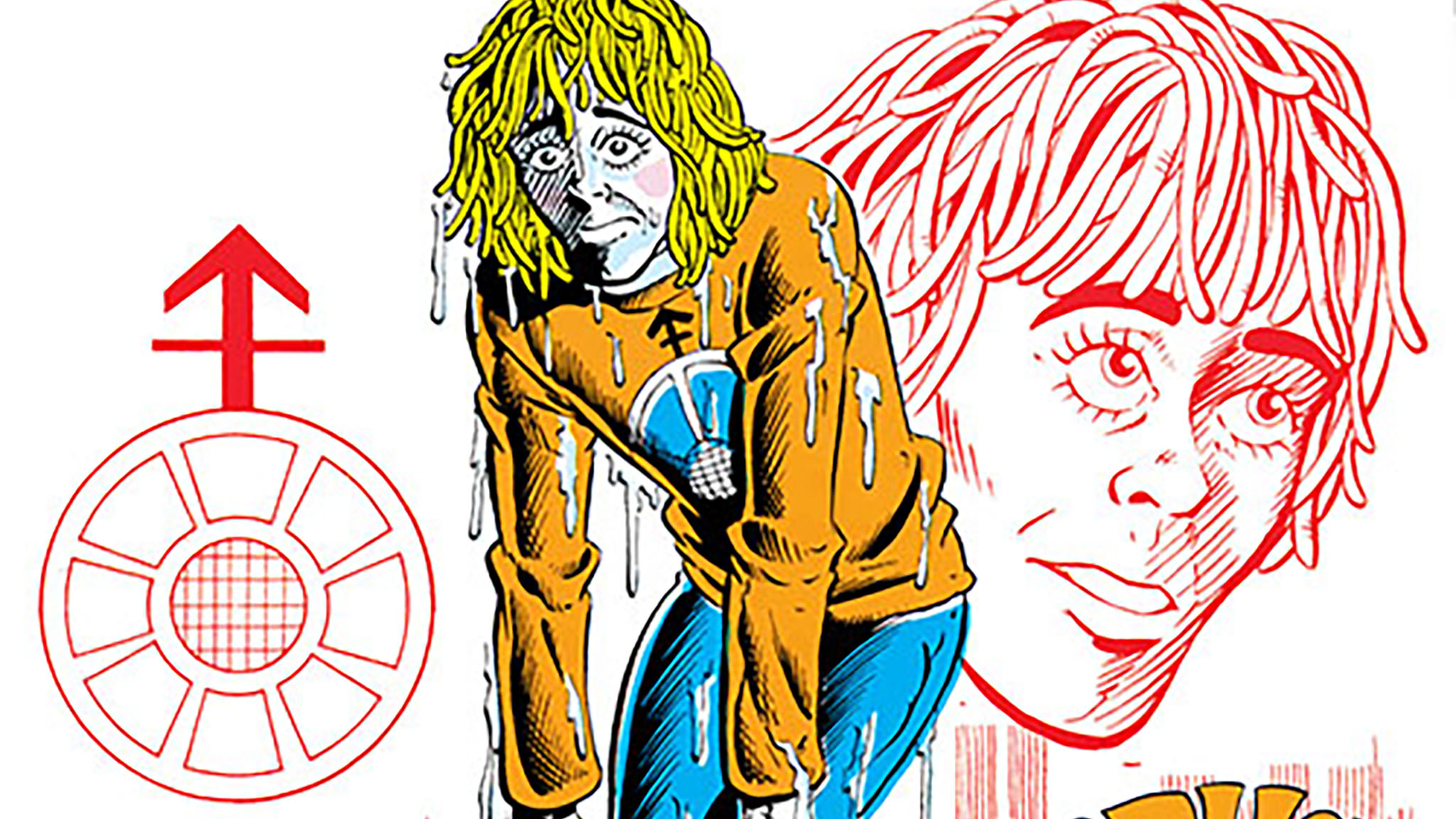
Brother Power, also known as the Geek, debuted in Brother Power the Geek #1 (1968). Created by Joe Simon, a co-creator of Captain America, Brother Power began as a discarded mannequin that was struck by lightning and brought to life. He became a superpowered, counterculture icon, a sort of hippie messiah. Dressed in ripped clothing reminiscent of protestors, he traveled the country advocating for freedom and peace, and often clumsily challenged those in power – what he called “the establishment.”
Though created in the late 1960s, the character Brother Power only lasted for two issues, but he’s still remembered – and often criticized – today. The main problem with the comic is how obviously DC was trying to capitalize on the cultural trends of the time. Great comics usually show social changes organically, but Brother Power felt like a clumsy attempt to appeal to the hippie movement. It’s unlikely that people involved in the counterculture wanted to read about a robotic savior, and those outside the movement found the character completely unrelatable. It’s no surprise the series didn’t last.
1. Prez Rickard
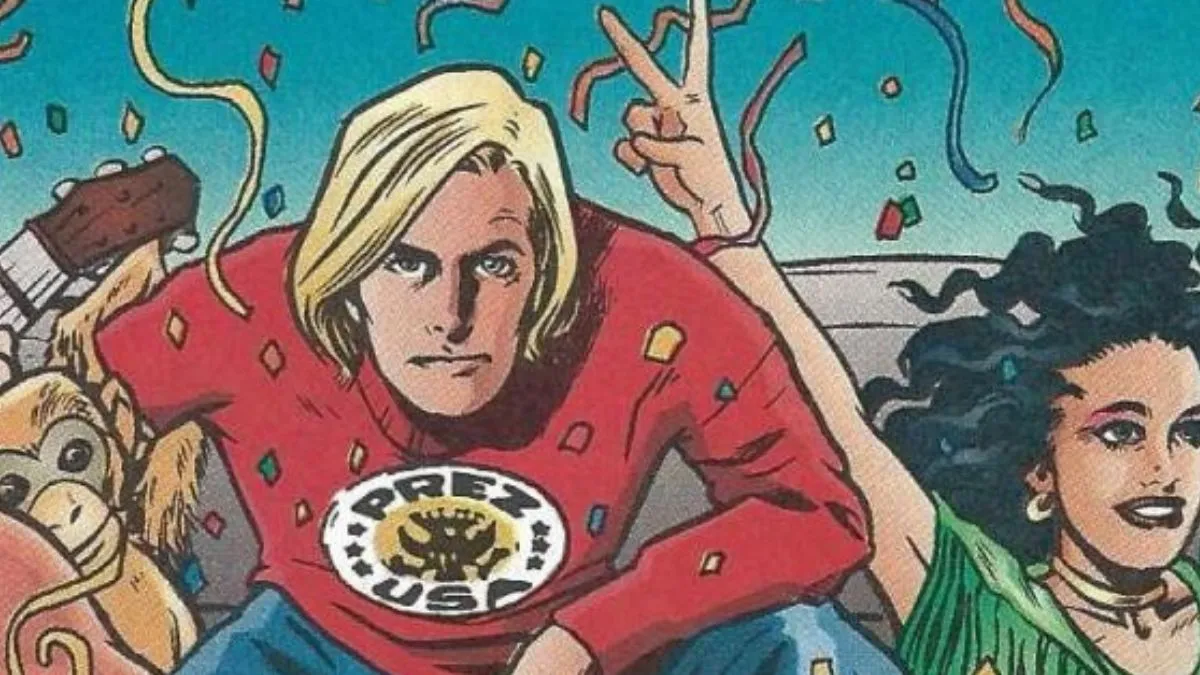
Prez Rickard first appeared in Prez: The First Teen President #1 (1973), created by Joe Simon, known for his work on Captain America. The story imagined a future where teenagers could run for office, and an optimistic young man named Prez Rickard unexpectedly became the President of the United States. He faced challenges like political corruption – and even werewolves! – with the help of a quirky team. Unfortunately, the comic only ran for four issues. It seems DC Comics tried to capture the spirit of youth and the counterculture of the early 1970s with Prez, but the series wasn’t successful.
The comic aimed to address current events, but ended up feeling random and illogical. The dialogue is full of awkward attempts to sound trendy and appeal to teens, but it clearly reflects the creators’ outdated ideas about what young people like. This made the series feel condescending rather than forward-thinking, and the main character didn’t resonate with its target audience. The comic also hasn’t held up over time because its tone is all over the place – it doesn’t commit to being satire, comedy, or serious drama.
Read More
- Ashes of Creation Rogue Guide for Beginners
- ARC Raiders – All NEW Quest Locations & How to Complete Them in Cold Snap
- Best Controller Settings for ARC Raiders
- Where Winds Meet: Best Weapon Combinations
- Ashes of Creation Mage Guide for Beginners
- Where Winds Meet: How To Defeat Shadow Puppeteer (Boss Guide)
- Fishing Guide in Where Winds Meet
- Bitcoin’s Wild Ride: Yen’s Surprise Twist 🌪️💰
- Netflix’s One Piece Season 2 Will Likely Follow the First Season’s Most Controversial Plot
- Hazbin Hotel season 3 release date speculation and latest news
2025-11-09 20:14